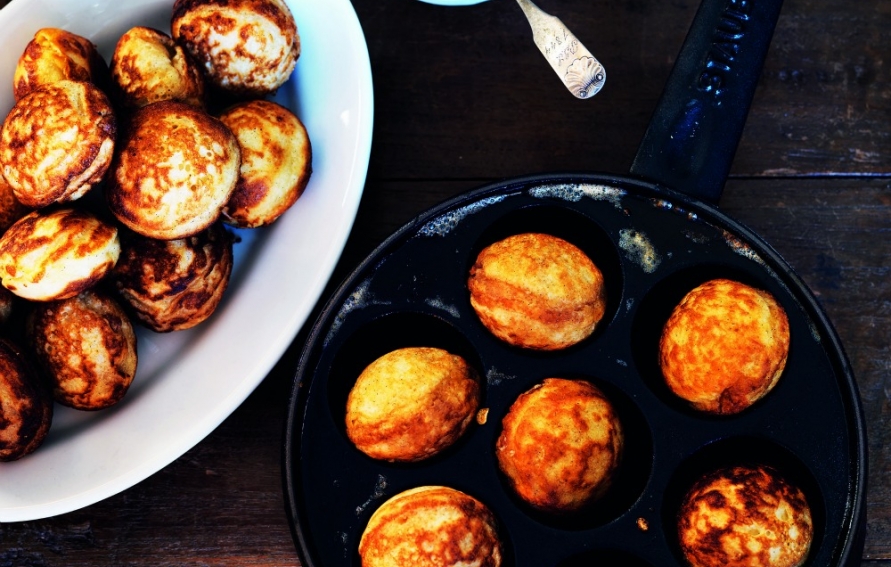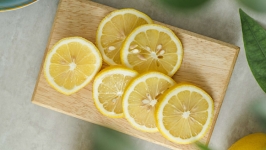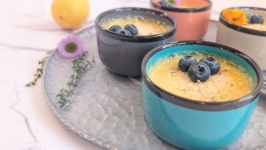Instructions
Serves 8
For the doughnuts
2 ½ Tbsp fresh yeast
8 1⁄3 cups [800 ml] lukewarm whole milk
5 cups [600 g] all-purpose flour
2 ½ tsp salt
1 ½ tsp ground cardamom
2 vanilla pods
3 Tbsp superfine sugar
4 eggs, separated
2⁄3 cup [150 g] butter
7 oz [200 g] prunes, pitted (optional)
Powdered sugar, to serve
Raspberry jam, to serve (for the homemade Scandinavian version, see page 283)
For the gløgg
Day 1
1 ¼ cups [300 ml] elderflower cordial
10 cardamom pods
8 cloves
1 cinnamon stick
Day 2
2 bottles dry white wine
1 quantity Spiced syrup (see above)
1 Tbsp superfine sugar
1 ¼ cups [200 g] golden raisins
7⁄8 cup [100 g] flaked almonds
Cognac (optional)
Crumble the yeast into the milk in a large bowl and stir to dissolve. In another large bowl, sift together the flour, salt, and cardamom. Slit the vanilla pods lengthwise, scrape out the seeds with the tip of a sharp knife, and add to the dry ingredients with the sugar. Whisk the eggs yolks into the milk mixture. Add the dry ingredients and beat to make a dough. In a separate bowl, whisk the egg whites until stiff, then fold them into the dough. Leave to rest for 40 minutes.
Heat an æbleskiver pan (see photo, right) over medium heat. Put a little butter in each indentation and, when it has melted, pour in some of the batter. Place half a prune (if using) in each and cook 3 to 5 minutes or until golden underneath, then turn the doughnuts over. Continue frying about 4 to 5 minutes or until golden, then remove. Repeat with the remaining batter. Dust with powdered sugar and serve immediately with raspberry jam.
Gløgg
Day 1
For the syrup, place the elderflower cordial and the spices in a saucepan. Pour in 14 Tbsp [200 ml] of water. Gently bring to a boil, then reduce the heat and simmer 30 minutes. Cover and leave overnight. Strain the syrup to remove the spices.
Day 2
The next day, heat the wine, syrup, and sugar in a big pot until almost boiling, then reduce the heat to low, add the golden raisins and almonds, and simmer 5 minutes. If using cognac, splosh in a generous measure just before serving. Serve in glasses, giving each guest a teaspoon to catch the raisins and almonds.
Excerpted from Scandinavian Baking by Trine Hahnemann. Photography by Columbus Leth. Published by Quadrille, 2015.
About this recipe
You cannot go through December in Denmark without these doughnuts (æbleskiver). Most people buy them ready-made, which is a real shame because those are really boring! This is my family recipe, and they are the best. Adding prunes is an old tradition, but they can be left out if you prefer, or replaced by a piece of apple pushed into each doughnut instead.








